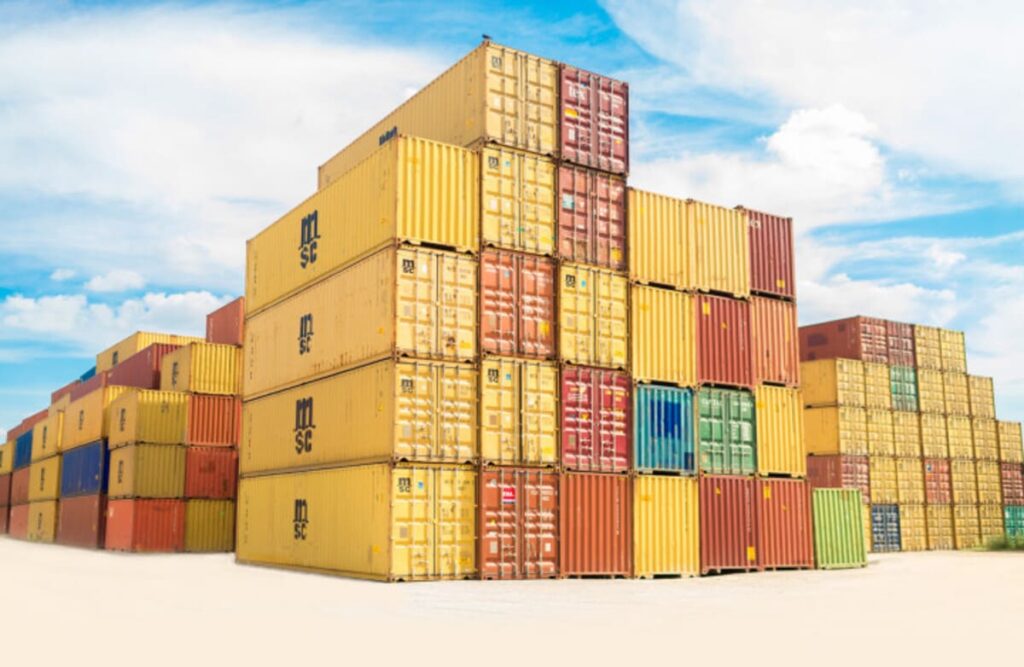The U.S. national debt is a topic that’s been on many minds, especially when those numbers just keep climbing. But how did America find itself in this financial quagmire? Let’s embark on a journey to understand the key factors behind the USA’s towering debt.
Table of Contents
Wars and Military Spending

The U.S. military budget has consistently been one of the largest in the world. From the massive expenditures of World War II to the prolonged engagements in Vietnam, Iraq, and Afghanistan, military spending has taken up a significant portion of the national budget. Modern warfare, with its reliance on advanced technology and precision weaponry, is expensive. Additionally, maintaining global military bases and ensuring readiness for potential threats requires continuous investment. It’s akin to having a top-of-the-line security system for your home, with constant updates and maintenance; the peace of mind it provides is invaluable, but the bills can pile up.
Social Security and Welfare Programs

Social Security, established in the 1930s, was designed to ensure that seniors had a safety net in their retirement years. As life expectancies have increased and birth rates have decreased, there are fewer workers contributing to the system for every retiree drawing benefits. Medicare and Medicaid, which provide health coverage for the elderly and the poor, respectively, face similar challenges. With medical costs rising faster than inflation, these programs’ expenditures have skyrocketed. It’s like planning a grand party based on past guest numbers, only to find out more people than anticipated are showing up, and the catering costs have doubled.
Economic Downturns

The 2008 financial crisis was a significant blow to the U.S. economy. As businesses shuttered and unemployment rates soared, tax revenues plummeted. To combat the recession, the government implemented stimulus packages, bailing out key industries and providing relief to citizens. This combination of decreased revenue and increased spending led to significant budget deficits. It’s as if you saved for a rainy day, but then a storm hit, and your roof needed immediate repairs, forcing you to dip into your savings and then some.
Tax Cuts

Tax cuts, especially large-scale ones like the Bush tax cuts in the early 2000s or the Tax Cuts and Jobs Act in 2017, can lead to short-term economic boosts. However, by reducing the government’s primary source of revenue, they can also lead to budget deficits if not accompanied by spending cuts. It’s similar to a store offering massive discounts; while it might attract a crowd and clear out old inventory, if the discounted prices don’t cover costs, the store could end up in the red.
Infrastructure and Public Works

The U.S. infrastructure, from roads and bridges to airports and public transit systems, requires regular maintenance and upgrades. As the country has grown and technology has advanced, the need for modern, efficient infrastructure has become clear. However, these projects require significant investment. Funding them often means either increasing taxes or taking on debt. It’s like living in an old house; while its charm is undeniable, sometimes you need to invest in significant renovations to ensure it remains safe and comfortable.
Rising Healthcare Costs

The U.S. healthcare system is renowned for its cutting-edge treatments and medical innovations. However, it’s also notorious for its high costs. Factors like expensive medical equipment, high salaries for specialists, and the cost of malpractice insurance all contribute. Additionally, with an aging population, there’s a higher demand for medical services, from routine check-ups to specialized treatments. Chronic conditions, which are prevalent among older adults, require continuous care, further driving up costs. It’s akin to owning a vintage luxury car; while it’s a beauty and a treasure, the parts are rare, the mechanics specialized, and the maintenance costs can be astronomical.
Trade Imbalances

A trade deficit occurs when a country’s imports exceed its exports. While this isn’t inherently bad, persistent and large trade deficits can lead to borrowing from other countries, resulting in national debt. For the U.S., consumer demand for foreign goods, coupled with factors like production costs and currency values, has led to consistent trade imbalances. It’s like having a lavish lifestyle where your expenditures consistently outpace your income; the lifestyle is enjoyable, but the accumulating credit card bills can be a looming threat.
Interest on Existing Debt

Just like personal loans or credit cards, the national debt comes with interest. As the U.S. borrows more, the interest payments on that debt also increase. Over time, if not managed, these interest payments can become a significant portion of the budget, diverting funds from other essential services. It’s reminiscent of only paying the minimum on a credit card bill; while it keeps you afloat, the underlying debt continues to grow, and the interest can become a significant burden.
Political Gridlock

In a diverse and democratic nation like the U.S., differing political ideologies are natural. However, when these differences lead to stalemates in Congress, especially regarding fiscal policies, it can exacerbate financial issues. Whether it’s disagreements on spending cuts, tax reforms, or budget allocations, political gridlock can hinder proactive debt management. It’s like being in a band where each member wants to play a different song; without harmony, there’s no progress.
Global Factors

The U.S. economy doesn’t operate in isolation. Global events, from oil crises to economic downturns in major trading partners, can impact the U.S. financial situation. For instance, a recession in Europe can reduce demand for American exports, affecting trade balances. Or, a spike in oil prices can increase transportation and production costs, influencing inflation and economic growth. It’s like living in a tightly-knit community; if your neighbor’s house catches fire, it can affect the whole neighborhood, either directly or through the subsequent changes in property values and community morale.
Understanding the U.S. national debt is no small feat. It’s a culmination of various factors, decisions, and events over time. While the numbers might seem daunting, it’s essential to remember that economies are ever-evolving. Here’s to hoping for a brighter financial future!








